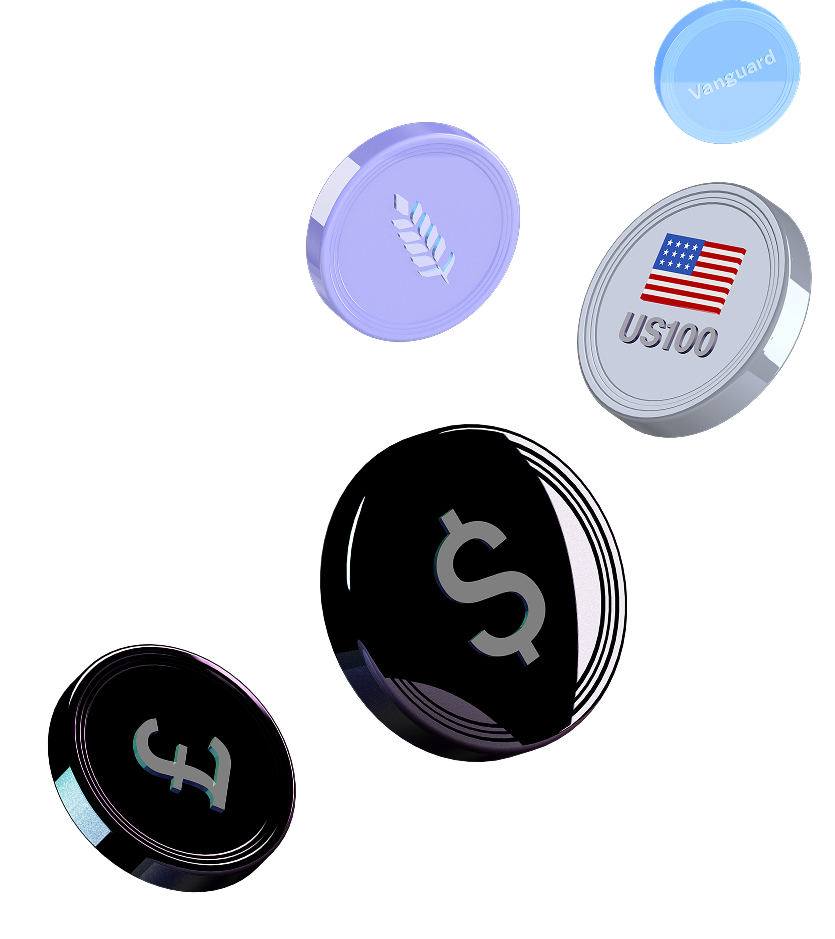
- Chart of the Day
- November 29, 2024
- 4 min read
BOJ Rate Hike: JXY May Regain Strength as JPY Pairs Move Lower
The Bank of Japan could stir the markets by introducing rate hikes this December, potentially awakening the long-dormant “sleeping giant” (Japanese Yen) in the Forex market. A shift toward a more hawkish stance by the BOJ may trigger the unwinding of the Yen-Carry trade, a development likely to have a significant impact on JPY Forex pairs.
Markets Anticipate Rate Hike in December
On November 28th, Tokyo’s core consumer inflation rate increased to 2.2%, surpassing BOJ’s 2% target. This signals a higher likelihood that the BOJ will enforce rate hikes in December, as Governer Kazuo Ueda has previously emphasised that policy decisions will be data-dependent.
That being said, Japan’s political landscape may also impact the BOJ’s policy decisions. Following a recent snap election where the ruling coalition lost its majority, there is increased uncertainty. Former BOJ board member Takahide Kiuchi suggested that political instability could delay the anticipated rate hike to January 2025.
BOJ’s next interest rate decision will happen on December 18th, 2024 – the same day as the U.S. Fed Fund Rate Decision.
JXY Bouncing on Falling Wedge Pattern

The Japanese Yen Strength Index is showing a potential retest of a falling wedge on the monthly timeframe. If the JXY can maintain above its 2022 & 2023 Lows at 65.81 by the end of the month, we’ll have more certainty for a move higher.
The ultimate target of a falling wedge is its high, which would take JXY to 78.45.
| Watch these resistances if JXY moves higher: 1. Monthly exponential moving average-20 at approx. 68.43 2. Fibonacci Retracement .618 at ~72.07 3. Fibonacci Retracement .786 at ~74.884. Falling Wedge High (Breakout Target) at ~78.45 |
USDJPY Gets Rejection Candle on Monthly Timeframe

USD/JPY is seeing a huge rejection candle on the monthly timeframe – failing to close above the 2023 highs at ¥151.862, after initially reaching heights at ¥156.744. If this monthly candle closes like this, it would be considered a classic Shooting Star Candlestick Pattern, a bearish reversal signal. As an additional confluence, a possible Rising Wedge was retested in October and November.
| Watch these supports if USDJPY moves higher: 1. December 2023 Pivot Low at ¥140.249. 2. January 2023 Pivot Low at ¥130.059. 3. 2007 to 2017 Highs between ¥123.085 – ¥125.929. |
EURJPY Potential Bearish Engulfing Month Under EMA-20

EURJPY is potentially closing a monthly bearish engulfing candle under the EMA-20 (Yellow Line), which would be a signal for dropping lower. The double edged-sword here is that the EMA-20 could provide support, which would nullify the bearish scenario for a drop. Either way, the fundamentals point to a dovish European Central Bank (ECB) – weakening the Euro, and the BoJ potentially hiking rates.
Another bearish analysis suggests a decline to 151 on EURJPY.
| Watch these supports if EURJPY moves lower: 1. December 2023 Low at ¥155.722. 2. January 2015 Pivot High at ¥149.781. 3. February 2018 Pivot High at ¥137.506. |
GBPJPY Potential Bearish Engulfing Month Under Major High

Like the EURJPY, GBPJPY is currently seeing a potential bearish engulfing monthly close. This comes after a tried push above the major high formed in June 2015, at ¥195.886. Fundamentally, GBP is bearish due to a contraction in GDP Growth, rising unemployment, and falling inflation – which supports a dovish pivot to support the UK economy and jobs market.
| Watch these supports if GBPJPY moves lower: 1. Monthly EMA-20 at ¥186.839. 2. Fibonacci Retracement .382 at ¥176.137. 3. February 2018 Pivot High at ¥156.612, which aligns with the .618 Fib Retracement. |
Unwinding of the Yen Carry Trade and Its Impacts
When conditions change—such as a BOJ rate hike or rising global uncertainty—investors may start unwinding their carry trades, leading to significant market impacts:
1) Strengthening the Japanese Yen (JPY):
- Demand for Yen Increases:
As investors close their carry trade positions, they sell off foreign assets and convert funds back into Yen, increasing its demand. - Short Covering on JPY Positions:
Many carry trades involve shorting the Yen. Unwinding these trades requires buying Yen, further strengthening the currency.
2) Weakening Other Currencies (USD, GBP, EUR):
- Capital Outflows:
As carry trades unwind, capital flows out of the higher-yielding currencies (like USD or GBP), reducing their demand and pushing their values lower. - Asset Sell-Offs:
Investors may sell off bonds, stocks, or other foreign assets purchased with carry trade funds, putting additional downward pressure on these currencies and markets.
Closing Thoughts
With global economic uncertainty and narrowing yield differentials, the appeal of the carry trade diminishes, amplifying the likelihood of a risk-off environment. Traders should remain vigilant for heightened volatility, particularly around key BOJ announcements, and monitor the interplay between monetary policy shifts and technical levels in JPY pairs. The era of the “sleeping giant” Yen may be coming to an end, with its resurgence poised to reshape market dynamics.
You may also be interested in:





